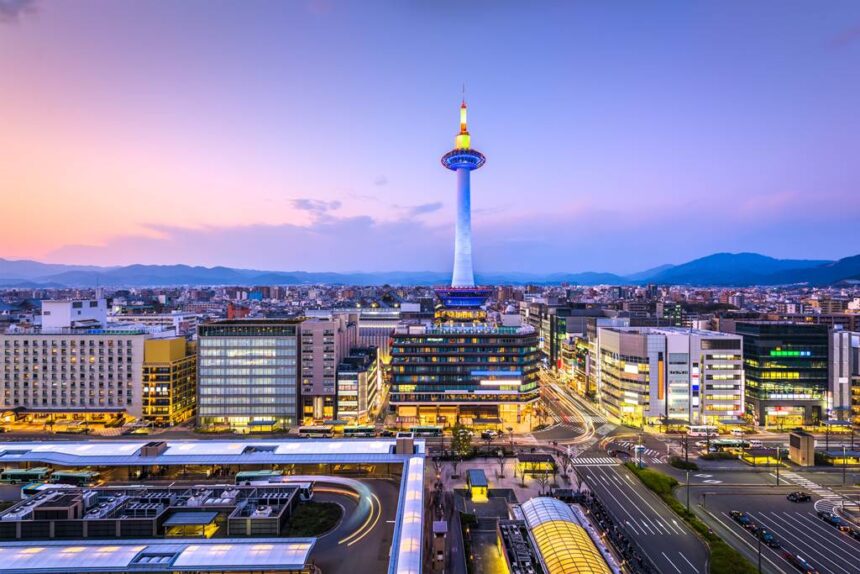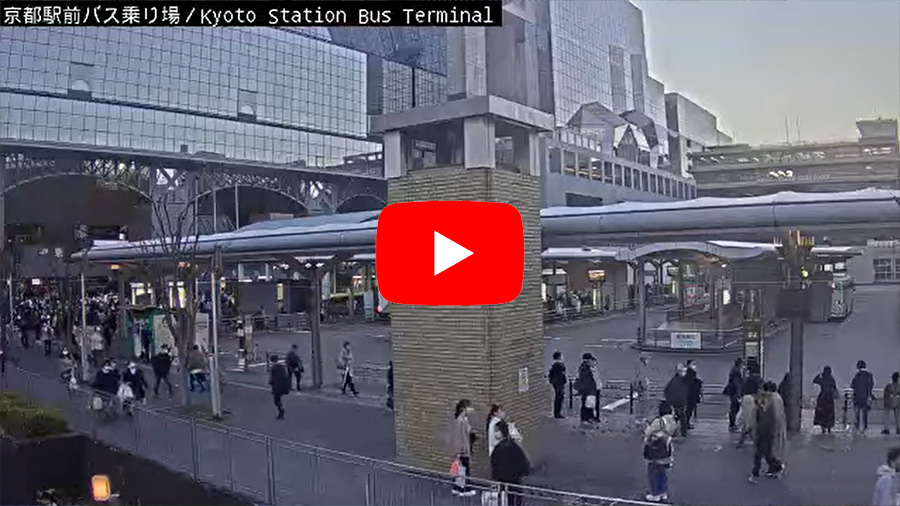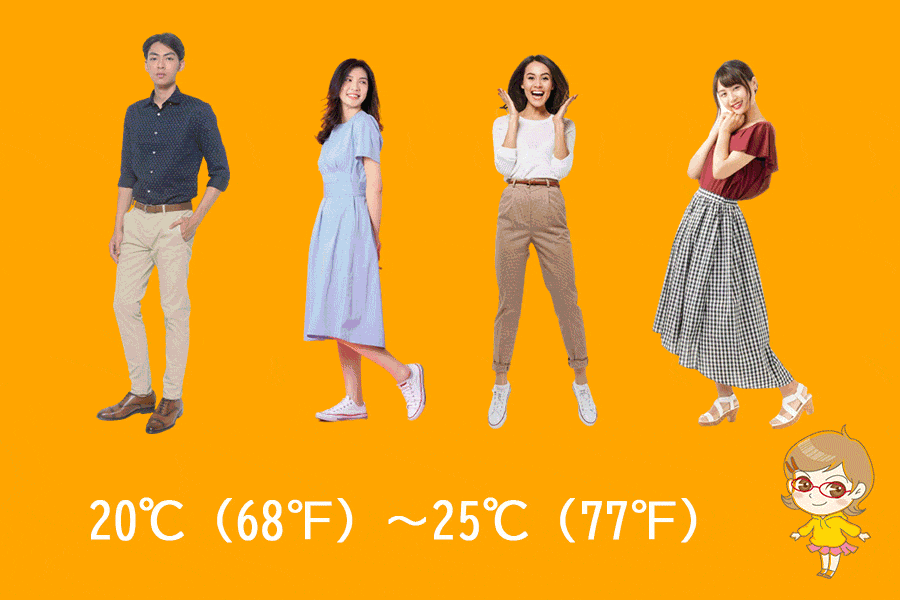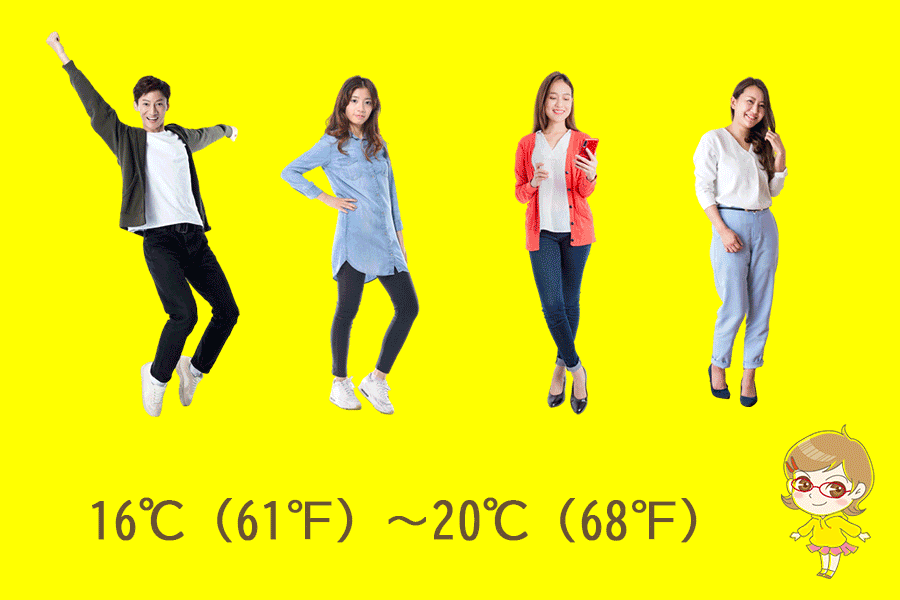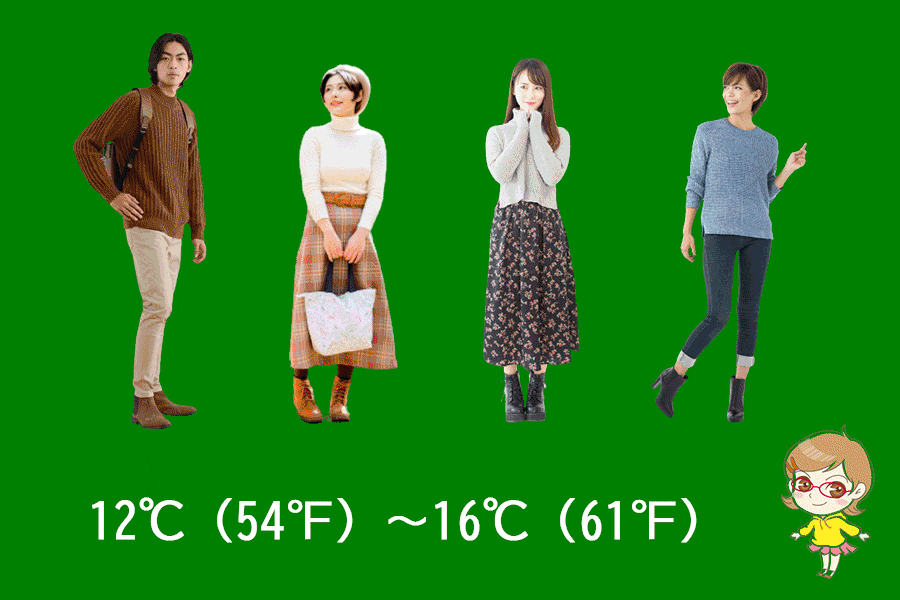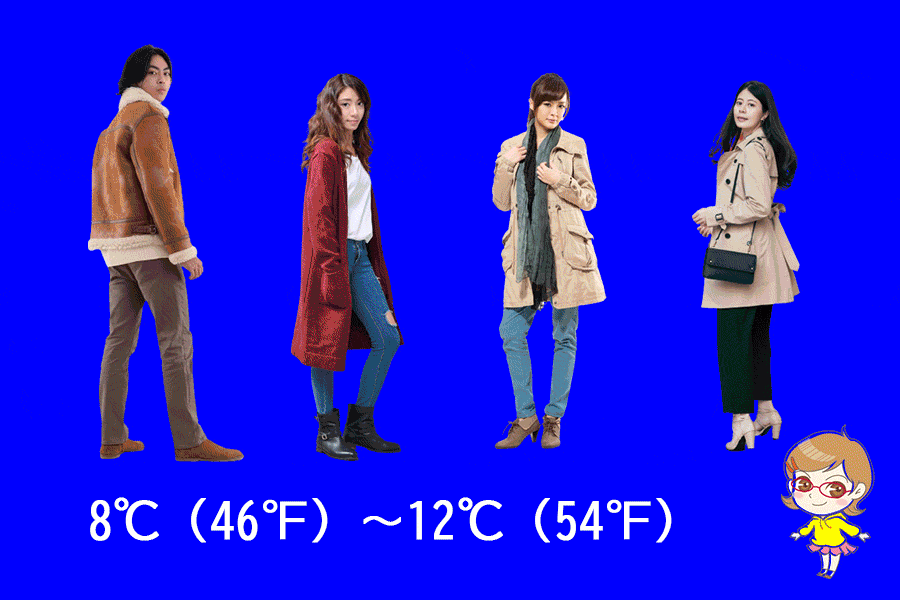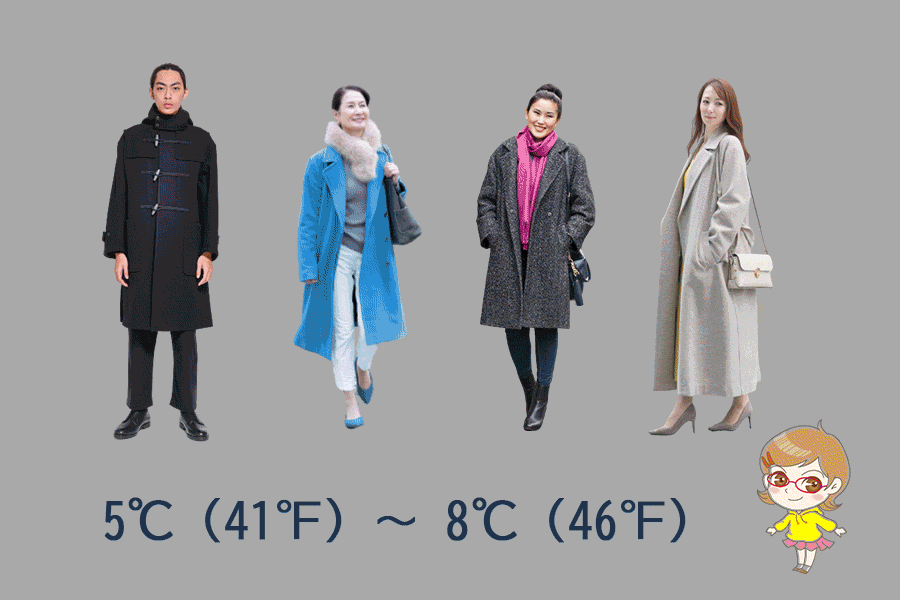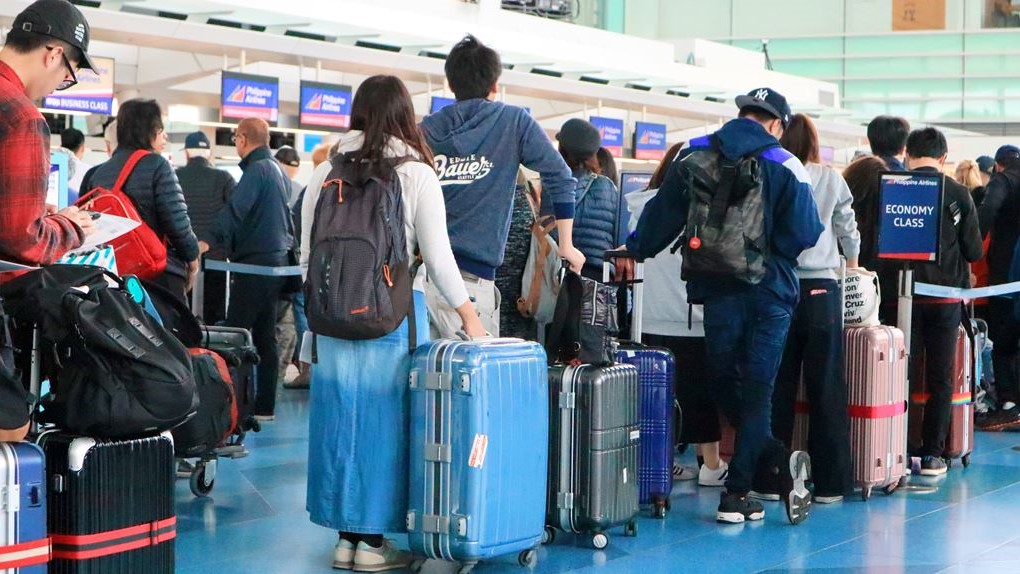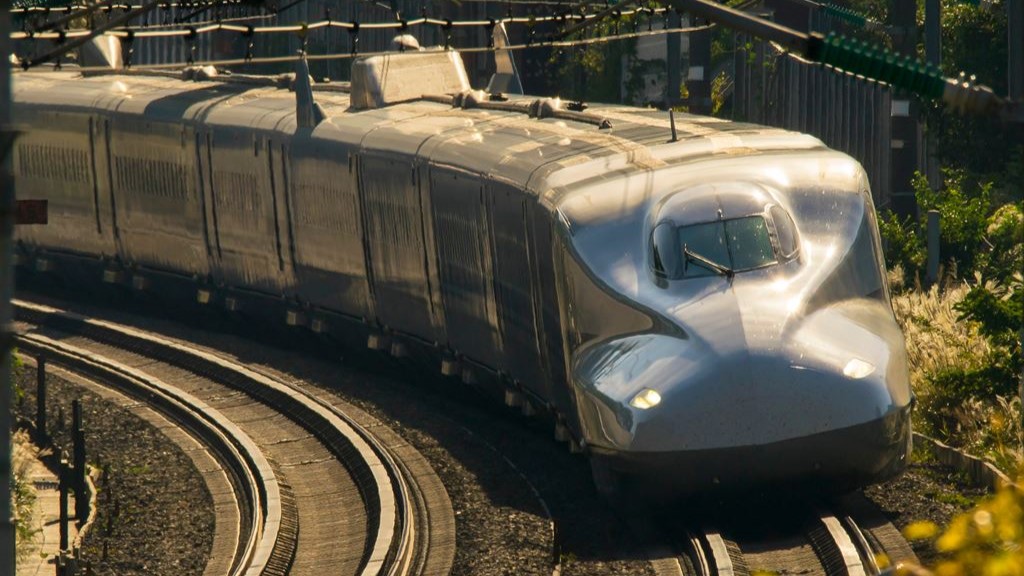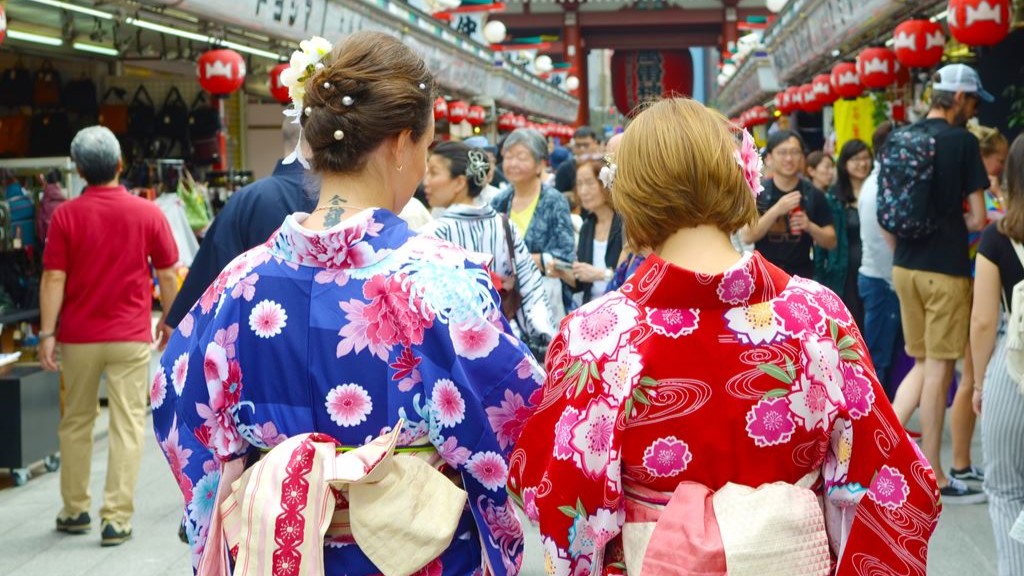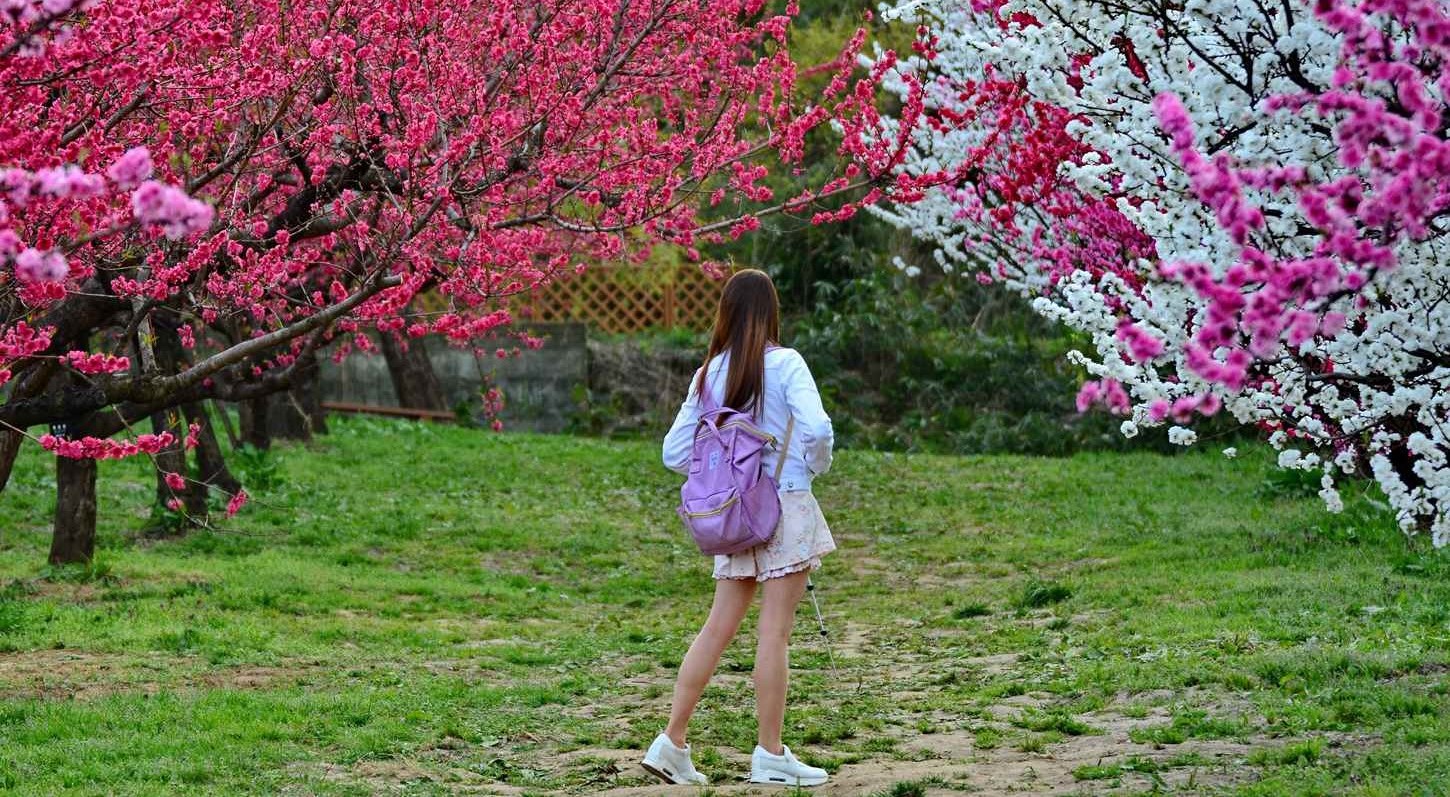Higashishiokoji Kamadonocho, Shimogyo Ward, Kyoto MAP
↓ Click to jump to the relevant section.
| Current Weather | Annual Weather | Tourist Attractions |
| Baggage Deposit | Hotels |
Current weather and clothing

The weather information shown here is the information closest to the station in question. Please note that there may be slight differences.
Yearly temperature changes and recommended clothing
Clothing recommendations for each temperature range
When traveling in Japan with the following average temperatures, the recommended clothing is as follows:
Monthly changes in temperature, precipitation, and snowfall (1991~2020 average, Japan Meteorological Agency survey)
| Jan. | Feb. | Mar. | Apr. | May | Jun. | Jul. | Aug. | Sep. | Oct. | Nov. | Dec. | |
| temperature(°C) | 4.8 | 5.4 | 8.8 | 14.4 | 19.5 | 23.3 | 27.3 | 28.5 | 24.4 | 18.4 | 12.5 | 7.2 |
| precipitation(mm) | 38.4 | 55.6 | 94.2 | 100.6 | 134.7 | 176.7 | 187.9 | 103.4 | 157.2 | 118 | 62.4 | 48.7 |
| snowfall(cm) | 5 | 7 | 1 | 0 | — | — | — | — | — | — | — | 2 |
Winter
December
December is one of the coldest months in Kyoto, with an average temperature of 7.2°C. It is recommended to bring warm winter clothing, as it can get quite cold in Kyoto. A thick coat or jacket, gloves, a hat, and a scarf are necessary to keep warm. It can snow in December, so it is recommended to bring waterproof boots, warm socks, and gloves.
Women can wear a warm coat or jacket with pants or jeans. Boots or sneakers are ideal footwear for sightseeing in the city. Men can wear a jacket or a coat with pants or jeans, and sneakers or boots for comfortable walking. It is also recommended to bring waterproof boots and warm socks to keep the feet warm and dry during the snowy weather.
January
January is the coldest month in Kyoto, with an average temperature of 4.8°C. The city experiences cold, dry weather, and the days are usually sunny. However, sometimes it snows in Kyoto in January, so it is necessary to be prepared for colder weather conditions. The precipitation level for January is 38.4 mm.
For men, a warm, waterproof coat or jacket, woolen or thermal sweaters, and long pants are essential. Women should bring thermal leggings, woolen sweaters, a thick coat or jacket, and waterproof boots or shoes to keep warm and dry. Scarfs, gloves, and hats are also recommended to protect from the cold weather.
February
February is the second coldest month in Kyoto, with an average temperature of 5.4°C. The weather remains dry and sunny, with little rain or snow. The precipitation level for February is 55.6mm.
For men, warm, waterproof coats, woolen or thermal sweaters, long pants, and boots are recommended. Women should bring thermal leggings, woolen sweaters, a thick coat or jacket, and waterproof boots or shoes. It is essential to keep warm and dry while exploring Kyoto. Scarfs, gloves, and hats are also recommended.
Spring
March
March is the beginning of the spring season in Kyoto. The temperature starts to rise, with an average temperature of 8.8°C. The weather remains dry and sunny, with occasional rain. The precipitation level for March is 94.2mm.
For men, light sweaters or jackets, long pants, and comfortable shoes are recommended for exploring Kyoto. Women should bring comfortable shoes, light jackets or sweaters, and long pants. A light raincoat or umbrella is also recommended in case of rain.
April
April is one of the best months to visit Kyoto, with an average temperature of 14.4°C. The weather is pleasant, with occasional rain. The precipitation level for April is 100.6 mm.
For men, light jackets or sweaters, comfortable shoes, and long pants are recommended. Women should bring comfortable shoes, light jackets or sweaters, and long pants. A light raincoat or umbrella is also recommended in case of rain.
May
The average temperature in May is 19.5°C, with occasional rain showers. It is recommended to wear a light jacket or a sweater with comfortable jeans, pants, or skirts. Men can wear collared shirts, and women can wear blouses. It is recommended to bring an umbrella or a raincoat in case of sudden rain.
Summer
June
June is one of the rainy seasons in Kyoto. The average temperature is 23.3°C with high humidity. It is recommended to wear light, breathable clothing made of natural fibers such as cotton or linen. Men can wear T-shirts with shorts, and women can wear sundresses or skirts. It is recommended to bring a waterproof jacket or an umbrella as the rainfall can be heavy.
July
July is the hottest and most humid month in Kyoto, with an average temperature of 27.3°C. It is recommended to wear light and loose-fitting clothes made of natural fibers such as cotton or linen. Men can wear polo shirts with shorts, and women can wear sundresses or skirts. It is recommended to bring a hat, sunglasses, and a water bottle to stay hydrated. Also, an umbrella or a raincoat can be helpful as there can be sudden rain showers.
August
The average temperature in August is 28.5°C, with high humidity and occasional rain. It is recommended to wear light and loose-fitting clothes made of natural fibers such as cotton or linen. Men can wear polo shirts with shorts, and women can wear sundresses or skirts. It is recommended to bring a hat, sunglasses, and a water bottle to stay hydrated. Also, an umbrella or a raincoat can be helpful as there can be sudden rain showers.
Autumn
September
Temperature in September at Kyoto Station averages around 24.4°C. It is still summer in Kyoto and it remains relatively warm throughout the month. However, the temperature starts to cool down at night, so it is advisable to wear a light jacket or a cardigan. It is still humid in Kyoto in September, so breathable and moisture-wicking clothes are recommended. It can also rain in September, so packing a raincoat or an umbrella is advised. Comfortable walking shoes are also recommended for exploring the city.
For women, cotton or linen dresses, shorts, and skirts with breathable tops are ideal for the warm weather. Sandals or comfortable walking shoes are perfect footwear for sightseeing in the city. Men can opt for lightweight shirts and shorts with sandals or sneakers. Bringing a light jacket or cardigan is also advisable for the cool evenings.
October
The temperature in October begins to cool down with an average temperature of 18.4°C. Kyoto in October is mild and pleasant with warm sunny days and cooler nights. It is recommended to wear layers of clothing during this month, as the temperature fluctuates. A light sweater or jacket can be worn during the day, while a warmer jacket or coat can be worn in the evening. It can also rain in October, so packing a raincoat or an umbrella is advised.
Women can wear long-sleeved tops and sweaters with jeans or pants. Layering with a light jacket or coat is also recommended. Boots or comfortable walking shoes are ideal for the cooler weather. For men, long-sleeved shirts, sweaters, and jeans or pants are ideal for the temperature. Boots or sneakers are perfect footwear for sightseeing.
November
November in Kyoto is cooler, with an average temperature of 12.5°C. It can be quite chilly in the morning and at night, so it is recommended to bring warm clothing. A jacket or coat is necessary for the temperature, and it is recommended to bring a scarf, gloves, and a hat as well. It can also rain in November, so packing a raincoat or an umbrella is advised.
Women can wear a sweater, a warm jacket or coat, and pants or jeans. Boots or comfortable walking shoes are ideal for the colder weather. Men can wear a sweater or a jacket with pants or jeans. Sneakers or boots are suitable for sightseeing in the city.
Recommended tourist destinations
Fushimi Inari-taisha Shrine
68 Fukakusa Yabunouchicho, Fushimi-ku, Kyoto 612-0882 Kyoto Prefecture
Fushimi Inari-taisha Shrine is famous for the thousand red torii gates leading to the main shrine, a photogenic place. The shrine has such a long history and has attracted so many worshippers that it appears in Japanese classics. 1499 reconstruction of the main shrine as well as several buildings from the Edo period still exist.
Kinkakuji Temple
1 Kinkakujicho, Kita-ku, Kyoto 603-8361 Kyoto Prefecture
This temple was named after the villa that was the residence of the third shogun of the Muromachi Shogunate. The Kinkakuji Temple was named after the gold-leaf covered Shariden, a hall built in front of a pond, which was set on fire in 1950 by an arsonist, and rebuilt in 1955. The building was completely destroyed by fire, but the phoenix on the roof was removed before the fire and survived the fire. This incident was the subject of Yukio Mishima’s novel “Kinkakuji.
Kiyomizu-dera Temple
1-294 Kiyomizu, Higashiyama-ku, Kyoto 605-0862 Kyoto Prefecture
One of the oldest temples in Kyoto, founded in 798. The main hall is a national treasure built in the early Edo period. It has a winged corridor in the front, left and right, with a wooden stage between the corridor and the stage. The stage is supported by a combination of pillars of a 12-meter long, 400-year-old zelkova tree, and is perched on a cliff, providing a spectacular view of the city of Kyoto.
Sanjusangendo Temple
657 Sanjusangendo Mawaricho, Higashiyama-Ku, Kyoto 605-0941 Kyoto Prefecture
Sanjusangendo gets its name from the 33 pillared rooms. Built in the late Heian period (794-1185), the present building was reconstructed in the Kamakura period (1192-1333). The main hall has a seated image of the thousand-armed Kannon enshrined in the center, and the 1001 standing images of the thousand-armed Kannon on either side of it are a sight to behold.
Nijo Castle
541 Nijo-jo-cho, Horikawa-nishi-iru, Nijo-jo-dori, Nakagyo-Ku, Kyoto 604-8301 Kyoto Prefecture
Nijo Castle was built by Ieyasu Tokugawa, the first shogun of the Edo Shogunate, and has been the setting for numerous historical events. The East Gate and Karamon Gate, both Important Cultural Properties, are famous for their beautiful carvings in extreme colors. The Ninomaru Palace (National Treasure), which was the site of the announcement of the Great Restoration of Japan, has many highlights, including a corridor lined with nightingales, which sounds like a nightingale when walked upon, and barrier paintings by Kano School painters.
Hanami Koji Dori
Minamigawa, Gion-cho, Higashiyama-Ku, Kyoto 605-0074Kyoto Prefecture
Hanamikoji Dori is one of the streets in Gion, Kyoto’s largest downtown area. Both sides of the street are lined with temples, shrines, and spots where visitors can become familiar with traditional performing arts. On the south side of Shijo Dori, in the area of Gion where teahouses line the street, electric lines have been reclaimed, giving the area an old-fashioned Kyoto atmosphere. The north side of Shijo Dori is lined with a variety of bars, clubs, and other eating establishments, making it a good place to take a break or have a meal.
Ginkakuji Temple
2 Ginakuji-cho, Sakyo-ku, Kyoto 606-8402 Kyoto Prefecture
The temple is based on a villa built by Ashikaga Yoshimasa, a shogun of the Muromachi Shogunate. In contrast to Kinkakuji, Ginkakuji has a calm atmosphere that symbolizes the “Higashiyama Culture,” a wabi-sabi culture.
Nishiki Market Shopping District
Nakauoyacho, Nakagyo Ward, Kyoto 604-8054 Kyoto Prefecture
Nishiki Market, known familiarly as “Nishiki,” is the kitchen of Kyoto. The market dates back to the Heian period (794-1192), and was officially recognized as a market by the shogunate in the 1770s. Stores are crammed into the narrow 3-meter-wide street, where visitors can buy local products of Kyoto.
Eikando Zenrinji Temple
48 Eikandocho, Sakyo-ku, Kyoto 606-8445 Kyoto Prefecture
Eikando is the head temple of the Seizan Zenrinji School of the Jodo sect. Its official name is Zenrin-ji Temple, and it was founded in 853.Eikando is one of the best places in Kyoto to view the autumn colors of the maple trees, and from mid-November onward, approximately 3,000 yellow and red maple trees add vivid colors to the temple grounds. It is also known as “Eikando of Maples. The temple is also known as “Eikando of Momiji,” which attracts many visitors in autumn.
Nanzen-ji Temple
86 Nanzenji Fukuchicho, Sakyo-ku, Kyoto 606-8435 Kyoto Prefecture
Nanzenji Temple is the head temple of the Nanzenji School of Rinzai Zen Buddhism. The most famous structure in Nanzenji Temple is the Sanmon Gate. The gate is one of the three most famous gates in Japan, with a beautiful tower called the “Five Phoenixes Tower. The temple grounds are also rich in nature, and the way the historical architecture blends into the natural landscape is very fantastic and beautiful. There are many things to see and do in the temple grounds, making it one of the most popular temples for tourists in Kyoto.
Where to leave your luggage
Kyoto Station is always crowded with many tourists. Therefore, coin lockers are scattered throughout the area.
The following is an excerpt from the locations where a large number of them are installed.
Inside ticket gates
1) There are about 500 lockers near the central ticket gate
Outside the ticket gates
1)On the 2nd floor of the station, there are about 500 machines right in front of you when you exit the West Exit ticket gate and go to the right.
2) Karasuma Exit (north side of the station): Approximately 700 cars are located next to the cab stand.
3) Hachijo Exit (south side of the station): Approximately 1,500 cars are located along the sidewalk.
In addition, there is a baggage storage area.
Take the escalator in front of the central entrance (front) ticket gate on the 1st floor and go down to the 1st basement floor.
The baggage storage service “crosta Kyoto” is located next to the central underground ticket gate.
For an additional fee, luggage can be transported to hotels in Kyoto or to Kansai International Airport.
Recommended hotels and inns
Hotel Granvia Kyoto
Shiokojisagaru, Karasumadori, Shimogyo-Ku JR Kyoto Station Central Gate, Kyoto 600-8216 Kyoto Prefecture
1-minute walk from Kyoto Station
Hotel class: 5
Hotel style: Family , Centrally Located
Check Rates & Availability:
>> See on Tripadvisor
>> See on Trip.com
>> See on Expedia
Hyatt Regency Kyoto
644-2 Sanjusangendo-Mawari, Higashiyama-Ku, Kyoto 605-0941 Kyoto Prefecture
18-minutes walk from Kyoto Station
Hotel class: 5
Hotel style: Modern , Luxury
Check Rates & Availability:
>> See on Tripadvisor
>> See on Trip.com
>> See on Expedia
Hotel Okura Kyoto
Kawaramachi Oike, Nakagyo-Ku, Kyoto 604-0924 Kyoto Prefecture
1.9mi/3.1km from Kyoto Station
Hotel class: 5
Hotel style: Mountain View ,Great View
Check Rates & Availability:
>> See on Tripadvisor
>> See on Trip.com
>> See on Expedia
RIHGA Royal Hotel Kyoto
1 Taimatsu-Cho, Shiokojisagaru, Higashihorikawadori, Shimogyo-Ku, Kyoto 600-8237 Kyoto Prefecture
7-minutes walk from Kyoto Station
Hotel class: 4
Hotel style: Modern , Business
Check Rates & Availability:
>> See on Tripadvisor
>> See on Trip.com
>> See on Expedia
Kyoto Tokyu Hotel
580 Kakimotocho, Gojo-Sagaru, Horikawa-Dori, Shimogyo-Ku, Kyoto 600-8519 Kyoto Prefecture
16-minutes walk from Kyoto Station
Hotel class: 4
Hotel style: Business , Quiet
Check Rates & Availability:
>> See on Tripadvisor
>> See on Trip.com
>> See on Expedia
Hotel Nikko Princess Kyoto
630 Takahashicho Karasuma Takatsuji Higashi-Iru, Shimogyo-Ku, Kyoto 600-8096 Kyoto Prefecture
1.0mi/1.6km from Kyoto Station
Hotel class: 4
Hotel style: City View , Quiet
Check Rates & Availability:
>> See on Tripadvisor
>> See on Trip.com
>> See on Expedia
Solaria Nishitetsu Hotel Kyoto Premier Sanjo Kamogawa
509 Kamiosakacho, Kiyamachidori Sanjo Agaru, Nakagyo-Ku, Kyoto 604-8001 Kyoto Prefecture
1.9mi/3.1km from Kyoto Station
Hotel class: 3.5
Hotel style: Value , Trendy
Check Rates & Availability:
>> See on Tripadvisor
>> See on Expedia
Kyoto Tower Hotel
721-1 Higashisokoji-cho,Shichijo, Karasuma-do,Shimogyo-ku, Kyoto 600-8216 Kyoto Prefecture
3-minutes walk from Kyoto Station
Hotel class: 3
Hotel style: Centrally Located , Mid-range
Check Rates & Availability:
>> See on Tripadvisor
>> See on Trip.com
>> See on Expedia
Miyako Hotel Kyoto Hachijo
17 Nishi Kujoin-Machi, Minami-Ku, Kyoto 601-8412 Kyoto Prefecture
4-minutes walk from Kyoto Station
Hotel class: 3
Hotel style: Family , Centrally Located
Check Rates & Availability:
>> See on Tripadvisor
>> See on Trip.com
>> See on Expedia
Sakura Terrace The Gallery
39 Kamitonodacho, Higashikujo ,Minami-ku, Kyoto 601-8002 Kyoto Prefecture
5-minutes walk from Kyoto Station
Hotel class: 3
Hotel style: Trendy , Mid-range
Check Rates & Availability:
>> See on Tripadvisor
>> See on Trip.com
>> See on Expedia
We support your itinerary planning!
Click the button to get an overview of hotel information and popular tourist routes from all over Japan featured on our site. We’ve included comprehensive details to aid in planning your trip, so please make use of it.
Comprehensive checklist before traveling to Japan

Book flights
Compare and purchase flight tickets
When planning your trip to Japan, it's advisable to start by researching flights several months in advance. Airlines often release promotional fares, especially during off-peak seasons. Use comparison sites like Skyscanner or KAYAK to get a sense of the price range. Be flexible with your travel dates if possible; flying mid-week might be cheaper than on weekends.
>> Visit Skyscanner's official website
>> Visit KAYAK's official website
Order Japan Rail Passes for each family member
Purchase your Japan Rail Pass before departure
The Japan Rail (JR) Pass offers unlimited travel on JR trains, making it a cost-effective option for tourists. However, it's only available to foreign tourists and must be purchased *before* you arrive in Japan. Determine the areas you plan to visit; if you're traveling extensively, a nationwide pass is beneficial, but if you're only exploring a specific region, consider regional JR passes. Children under 12 get a discounted pass, so ensure you order the correct type for each family member.
>>Visit Japan Rail Pass's website
Plan your attire for Japan
Check the weather at your destination on this site
Japanese weather varies significantly by season. In summer, it's hot and humid, so breathable clothes are essential. Winters, especially in the north, can be cold, requiring warm attire. If visiting during the rainy season (June to early July), pack a good umbrella and waterproof shoes. While Japan is generally casual, certain places like temples, shrines, or upscale restaurants may require modest and neat dressing.
Reserve a pocket Wi-Fi or SIM card
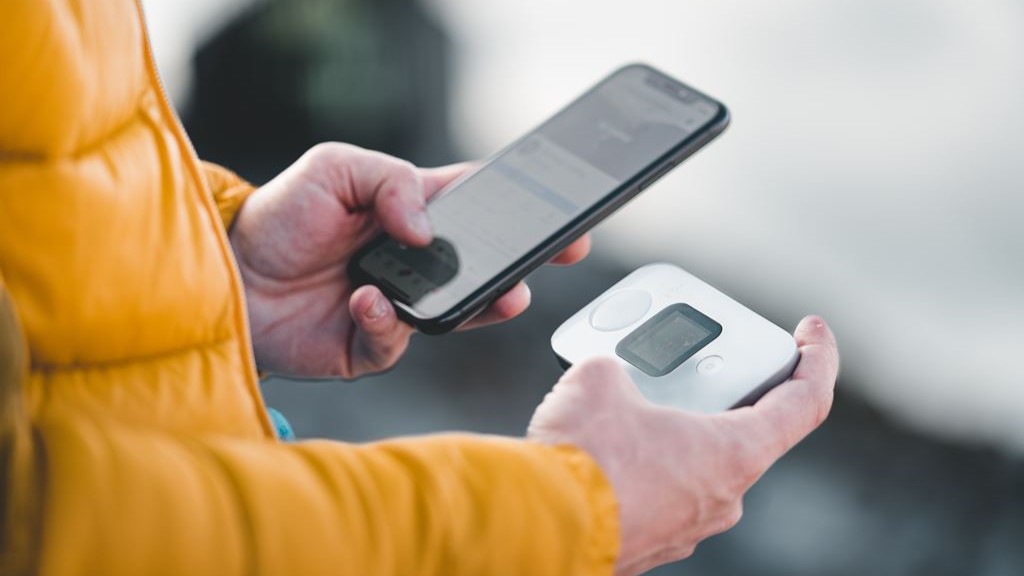
SIM card or pocket Wi-Fi is required
Beyond clothes, consider packing essentials like a universal power adapter (Japan uses Type A and B sockets), portable Wi-Fi or SIM card for internet access, and any necessary medications (with a copy of the prescription).
Which is better: a SIM card or pocket Wi-Fi?
When traveling in Japan, one essential to consider is securing internet access, especially given that many locations still don't offer free Wi-Fi. To ensure you can use your smartphone throughout your trip, you'll typically have three options: (1) a SIM card, (2) pocket Wi-Fi, or (3) the roaming service provided by your mobile company. Roaming services can be quite expensive, so we often recommend using a SIM card or pocket Wi-Fi. While SIM cards tend to be more affordable than pocket Wi-Fi, they can be trickier to set up. Pocket Wi-Fi, on the other hand, can be shared among several users, making it a favorable choice for families or groups.
▼SIM card
Advantages:
Relatively affordable.
Disadvantages:
Can be time-consuming to set up initially.
May have strict data limits.
▼Pocket Wi-Fi
Advantages:
Offers substantial data allowances.
A single device can be shared among multiple users.
Easily usable with PCs as well.
Disadvantages:
Typically more expensive.
Japan's representative services
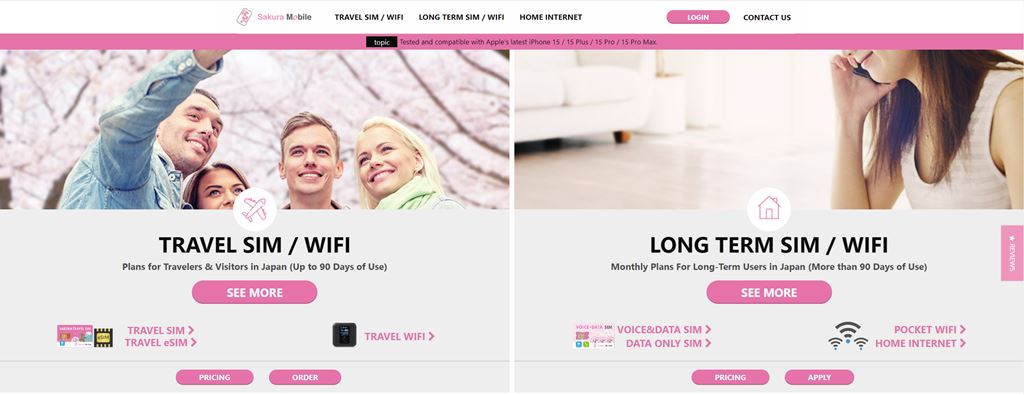
Sakura Mobile's website
▼SIM card
>>Visit Sakura Mobile's official website
>>Visit mobal's official website
▼pocket Wi-Fi
>>Visit Sakura Mobile's official website
>>Visit NINJA WiFi's official website
>>Visit Wi-Fi RENTAL Store's official website
Book local tours as needed
Pre-book your tour and have a great trip!
Local tours offer deep insights into Japan's culture and heritage. Websites like Viator or GetYourGuide offer a variety of tours, from traditional tea ceremonies to modern pop culture tours in Akihabara. Consider unique experiences like staying with monks on Mt. Koya or taking a cooking class to learn authentic Japanese dishes.
>>Visit Viator's official website
>>Visit GetYourGuide's official website
Purchase advance tickets for popular attractions
Make a reservation to avoid crowds
Attractions like Tokyo Disneyland, Universal Studios Japan, or the Studio Ghibli Museum often have long ticket queues. Buy tickets online in advance to save time. Some attractions also have timed entry, so check the specific time slots available and plan accordingly.
▼Tokyo Disney Resort
>>Visit Tokyo Disney Resort official website
>>Visit Viator's Tokyo Disneyland page
>>Visit Viator's Tokyo DisneySea page
>>Visit GetYourGuide's Tokyo Disneyland page
>>Visit GetYourGuide's Tokyo DisneySea page
▼Universal Studios Japan
>>Visit USJ official website
>>Visit Viator's USJ page
>>Visit GetYourGuide's USJ page
Buy travel insurance

insurance concept, health, life and travel insurance
It is important to be prepared for emergencies
While Japan is a safe country, travel insurance is crucial for unforeseen events like health emergencies, travel disruptions, or lost baggage. Ensure your policy covers medical expenses in Japan, as healthcare, though excellent, can be expensive.
Here we introduce online travel insurance services that are popular worldwide.
World Nomads: An online travel insurance service widely endorsed by travelers worldwide. They offer plans that cover adventurous activities and high-risk sports.
>>Visit World Nomads' official website
AIG Travel Guard: An insurance service available to travelers all over the world. They offer a wide range of options, including cancellation protection and emergency medical insurance.
>>Visit AIG Travel Guard's official website
Share your itinerary with emergency contacts
Organize your reservation information
Keep a digital and printed copy of your detailed itinerary, including hotel addresses, train schedules, and booked tours. Share this with a trusted family member or friend not traveling with you.

